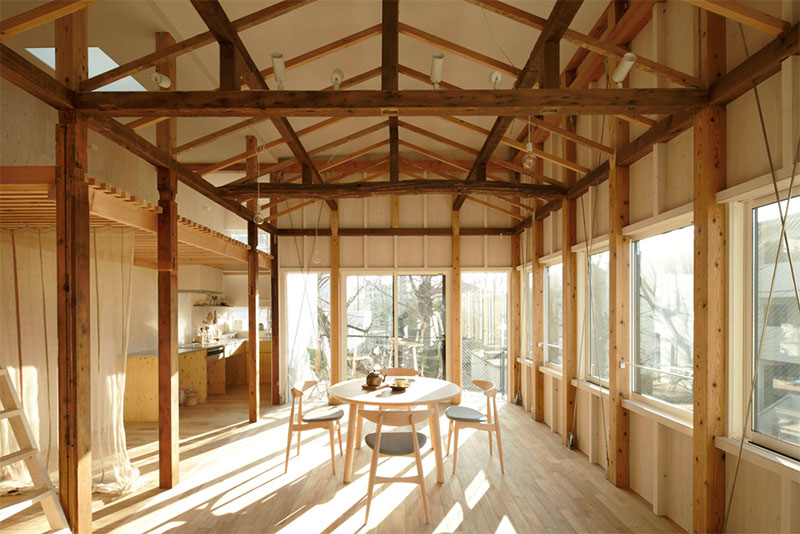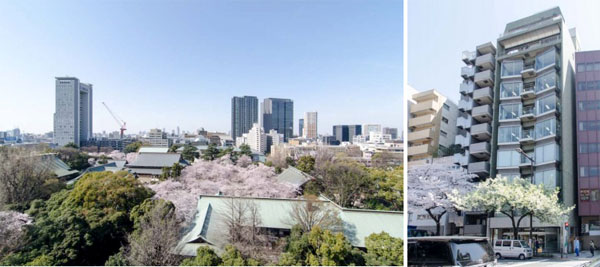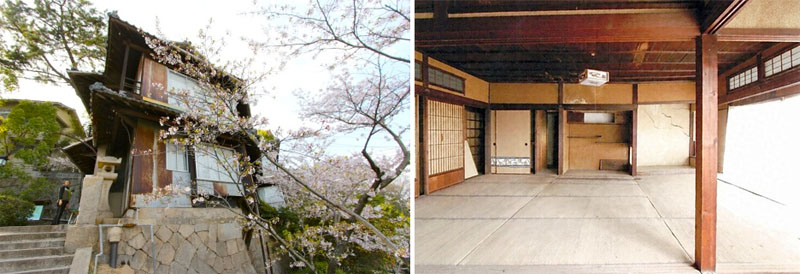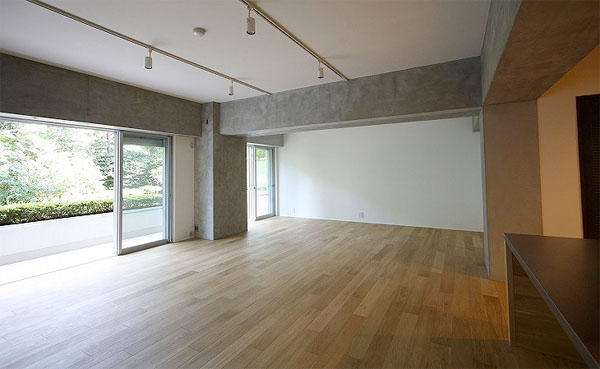50-year old house renovation in Setagaya

From a typical buyer’s perspective in Japan, ongoing improvements in earthquake-resistant construction methods, insulation and new bathrooms and kitchens means that newer homes ultimately win out over older houses. However, there has been a growing trend of renovating older homes. These renovations are proving popular with Japanese buyers who may have once only considered new construction.
Late last year, renovation company ReBITA Inc. completely gutted and remodelled a 50-year old house in Tokyo’s Setagaya Ward. It was listed for 65,800,000 Yen (approx. 653,000 USD) and promptly sold. This is the 15th detached house that ReBITA have flipped. Read more
Top house flippers in Japan’s real estate market

The Remodelling Business Journal published a ranking of the top property flipping real estate companies in Japan. These companies specialise in buying up second-hand homes and apartments, renovating them, and then reselling them to individual buyers.
In top spot was Gunma Prefecture-based Katitas Co., Ltd, with 3,034 re-sales over the past 12 months. Apartments only made up 5% of their properties traded, with the majority of sales being detached houses in regional areas. The average property was sold for 13,000,000 Yen (approx. 126,000 USD), and the average age of the property was 32 years. The company focuses on updating the bathroom and kitchens, as well as expanding car parking spaces in the properties they flip. They also conduct termite spraying and include a 5-year pest control warranty on the homes they sell.Read more
Retro buildings popular with retail tenants
Although many retailers prefer newer construction, there are some stores in Japan that specifically look for the older, character-filled properties to complement their brand. Sterile retail space is being eschewed for pre-war or 1960s vintage buildings and homes that can be converted and renovated into trendy, one-of-a-kind spaces.

Cafe Conana, Jiyugaoka
In April 2015, Cafe Conana opened a branch in Jiyugaoka, Meguro-ku. The cafe is in an old terrace house that was completely renovated with exposed ceiling beams, and a light and bright interior. Dropped ceilings were removed to expose the skeleton of the house. Rafters were painted white, and natural wood has been used throughout.Read more
Chiyoda ofice building converted to serviced apartments and office suites

NTT Urban Development have converted a 22-year old office building in Chiyoda-ku into a mixed-use serviced apartment, share office and serviced office space.
‘Hive Tokyo’ (formerly Pacific Square Kudan Minami) is targeted towards both Japanese and foreign clients. The 10-storey building is located across the street from the Yasukuni Shrine and a 6 minute walk from Ichigaya Station. The building is scheduled to open in August 2015.Read more
New life for old homes in Onomichi

On the hillside leading up to Senko-ji Temple in Onomichi City, Hiroshima, sits an old wooden house built between 1921 ~ 1923. Despite being registered as a national tangible cultural property in 2013, the historic home had been left empty to rot on the hillside for decades.
Luckily, a local non-profit organisation has stepped in to restore the old property and convert it into a guesthouse. Repairs will start this month, with completion expected by February 2016.
Renovated apartments offer cheaper alternative to new

There is a common belief that Japanese only like new things - new cars, new appliances and new homes. However, with the price of new apartments rising and incomes falling, buyers have been turning their attention to older properties on the resale market.
Second-hand apartments can be about 20% lower than the price of a brand new one, although in prime locations in central Tokyo the difference in price is almost zero. As you move to the outer suburbs, eg. 40 minutes by train from Tokyo or Osaka, you can find older properties for about half the price of new ones in the same area. Travel even further and you may find secondhand apartments in 10-year old buildings selling for just 30 ~ 40% of the price of a new apartment.
An apartment’s interior can be upgraded to almost the exact finish as a brand new apartment, although consumers do need to be wary of factors such as the building age and possible issues with piping.Read more
Kyoto’s machiya revival
The traditional wooden merchant houses (machiya) lining the streets in Kyoto are a defining part of the historic city’s atmosphere. Yet, over 5,000 of these machiya are vacant, and approximately 2% of them are demolished each year.
Some of these homes are being converted into guesthouses and have been very popular with foreign visitors.Read more
